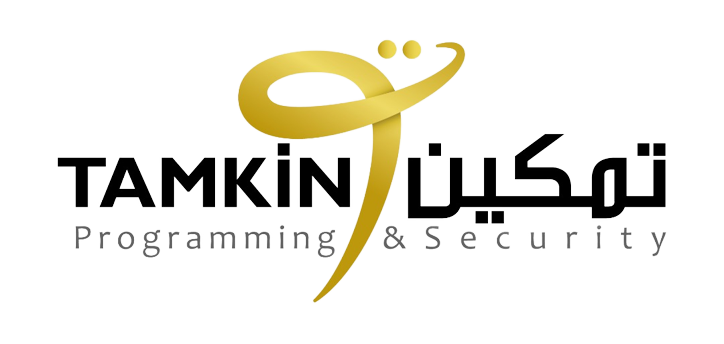OpenText (ECM)

Content Services technology is a key part of any company’s information management strategy, connecting information from across the enterprise with the people and systems that need it. The enterprise content management software drives personal productivity with simple, intuitive tools and user experiences and process productivity through full integration with lead applications such as SAP® and Microsoft®.
With solutions ranging from intelligent capture to records management and archiving, OpenText enterprise content services are available on-premises and in private and public clouds.
These operations include in particular the following:
- Immediate capture of documents. The ECM process begins with the capture process—the process of importing information into a digital repository.
- Safe document storage. With powerful enterprise content management systems, organizations can easily store critical business documents in a digital repository and view or edit them in real-time.
- Full-text search and recovery. Find documents instantly by selecting specific words or phrases within the texts, metadata, annotations, and the names of the entries in them.
- Automation of business processes. Through digital automation, organizations can easily plan the stages of any business process and automatically route documents to the right people at the right time.
- Securing multi-level documents. Control information across the organization by restricting access to folders, documents, fields, annotations, and other properties of multi-level documents.
- Digitally capture, direct and approve forms. Replacing paper forms with electronic forms for digitally capturing and sharing information across the organization.

The benefits:
How ECM helps your business grow:
- Reducing operating and storage costs. Enterprise Content Management helps reduce operating costs significantly by automating the workflow and eliminating manual procedures. ECM also helps to store the necessary information digitally, eliminating the cost of storage.
- Improving productivity. ECM delivers the right information at the right time in a specific way to your customers. They do not have to search for information from multiple sources, which will positively affect the productivity of the work.
- Business continuity. The right ECM solutions help you back up your archive of information, ensuring you always have access to the content you need to do your work.
- Planning and compliance. Information planning and compliance with government regulations are critical for all types of organizations. Enterprise Content Management provides employees with highly controlled access to information according to specific policies and procedures, and Enterprise Content Management ensures that authorized individuals have exclusive access to auditable information and data for compliance purposes.
- The working environment is mobile and active remotely. Enterprise content management allows customers to access content remotely via mobile devices, where the information can be accessed through the mobile application within a specific platform according to the rules and regulations, and this helps users to manage their business remotely easily and in real-time.
Everything in this world has a starting point and an endpoint. This process is called the “life cycle”. So, what about the document lifecycle?
The first stage:
Before the electronic transformation when creating a document, comes the step of converting documents or documents to electronic form by using optical techniques to recognize and process letters, then comes the step of indexing the data. Then, the data can be controlled and stored in high quality and in an accessible manner.
The Second Stage:
The electronic transformation in this stage ensures secure data access, retrieval, review, as well as exchange between employees, and finally secure data transfer.
The Third Stage:
Beyond secure electronic transformation for this stage, the data can be printed and the old ones can be preserved. On the other hand, you can get rid of the data you don’t need. But if the documents or documents are important, they go through the “save” stage. Conclusion Scanning, indexing, storage, as well as retrieval, are the primary stages of the document lifecycle.
Our Contact
Headquarters
Massera Elkobra Street, 1032721, off Elmoktar Street,
Tripoli, Libya
+218217132258
Branch
28 Rue Dahbagi 1001,
Tunis –Tunisia
+21671352124
Have any questions?
info-it@tamkin.ly
